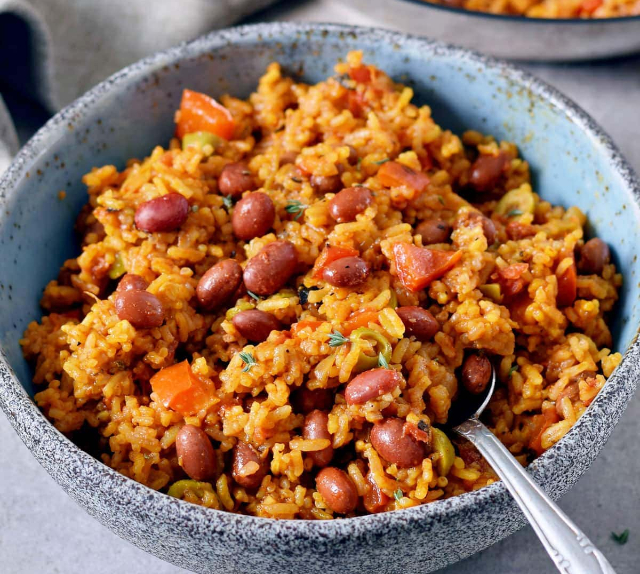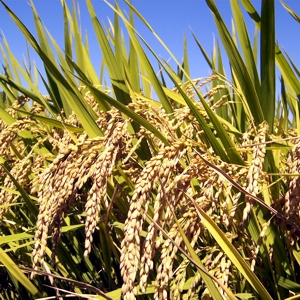Rice… Is a commodity the western world takes for granted. But two thirds of the global population including Asia literally runs on Rice. So any shortage is an impending catastrophe…
 Rice and Beans: Most of Central and South America runs on it…
Rice and Beans: Most of Central and South America runs on it…
In China and Southeast Asia, folks eat rice at every meal. In many rice-eating regions, the menu is 2/3 to 3/4 rice with a little meat and a few veggies on top. In some Eastern languages, the word for ‘rice’ is the same as the word for ‘food’. One can’t over-emphasise the importance of rice, especially as other foods become unsustainable due to global warming and ongoing economic instability due to the war in Ukraine and other wars heating up in Africa and, possibly, Central Europe.
Long term shortages coming to a head
Global rice production has been running continual deficits since 2oo3/2oo4. The total world crop shortfall for the year 2022/2023 is expected to reach 8.7 million tons.
Oscar Tjakra, a senior analyst at global food and agriculture bank Rabobank predicts, “The global rice productions deficit situation will increase the cost of importing rice for major rice importers such as Indonesia, Philippines, Malaysia, and African countries in 2023.” The top causal factor in recent years has been record rainfall in the main rice exporting regions, particularly China and Pakistan. Yes, rice needs plenty of water. But not too much, and only at certain times of year.
The good news is, scientists – especially rice specialists in China, have been making major breakthroughs, including develping strains with significantly increased hardiness in increasingly harsh crowing conditions and increased crop yields, They’ve even come up with one strain that can actually grow in brackish coastal waters.
Situation may turning around
Market observer Fitch Solutions has good news – marginally hopeful, at least. It expects the shortage picture to brighten by the end of 2023. “We believe that the rice market will return to surplus in 2024/25 and then continue to loosen through the medium term. It is our view that global rice production will stage a solid rebound in 2023/24, expecting total output to rise by 2.4 percent year on year.”
In plain English, that means rice inflation should decrease, bringing it back into a more affordable range, especially in rice importing countries such as Indonesia, Philippines, Malaysia, and African countries.
The bad news is, rice prices will likely not drop as low they were in the pre-COVID era. Just where they will plateau remains anyone’s guess.
What we need to know
As climate change and associated economic conditions progress through the next decade and and beyond, we in the western hemisphere who currently eat a lot more meat than our Eastern counterparts, will be learning to eat more Rice. And Beans, and Peas and Lentils and other legumes. The reason is simple: Rice plus legumes equals a complete vegetable-source protein for human nutrition.
They already know this in the East, where rice is eaten with mountains of Tofu, Lentils and other complementary veggie proteins, and incentral and South America, where Rice and Beans has long been a staple. Variations on this theme are going to come more and more important to North Americans and Western Europeans as the mid-century 2000s loom nearer.
My take
It’s good to know that the rice-based cultures of the world have already made enough progress evolving their core foods to the coming switch from meat to veggies, that we can all benefit from their work. And we’ll all have enough to eat through the 2030s and beyond.
Muse on that…
~ Maggie J.

